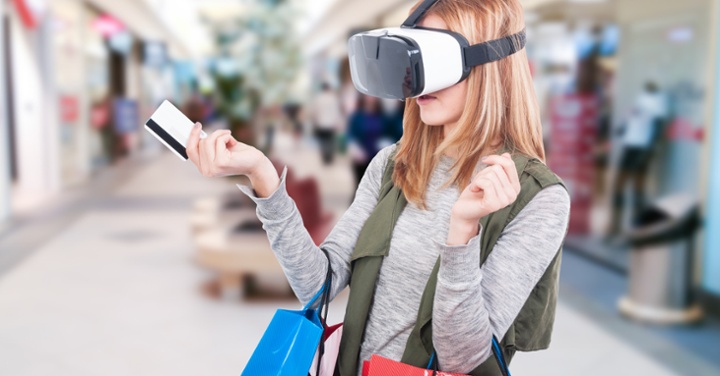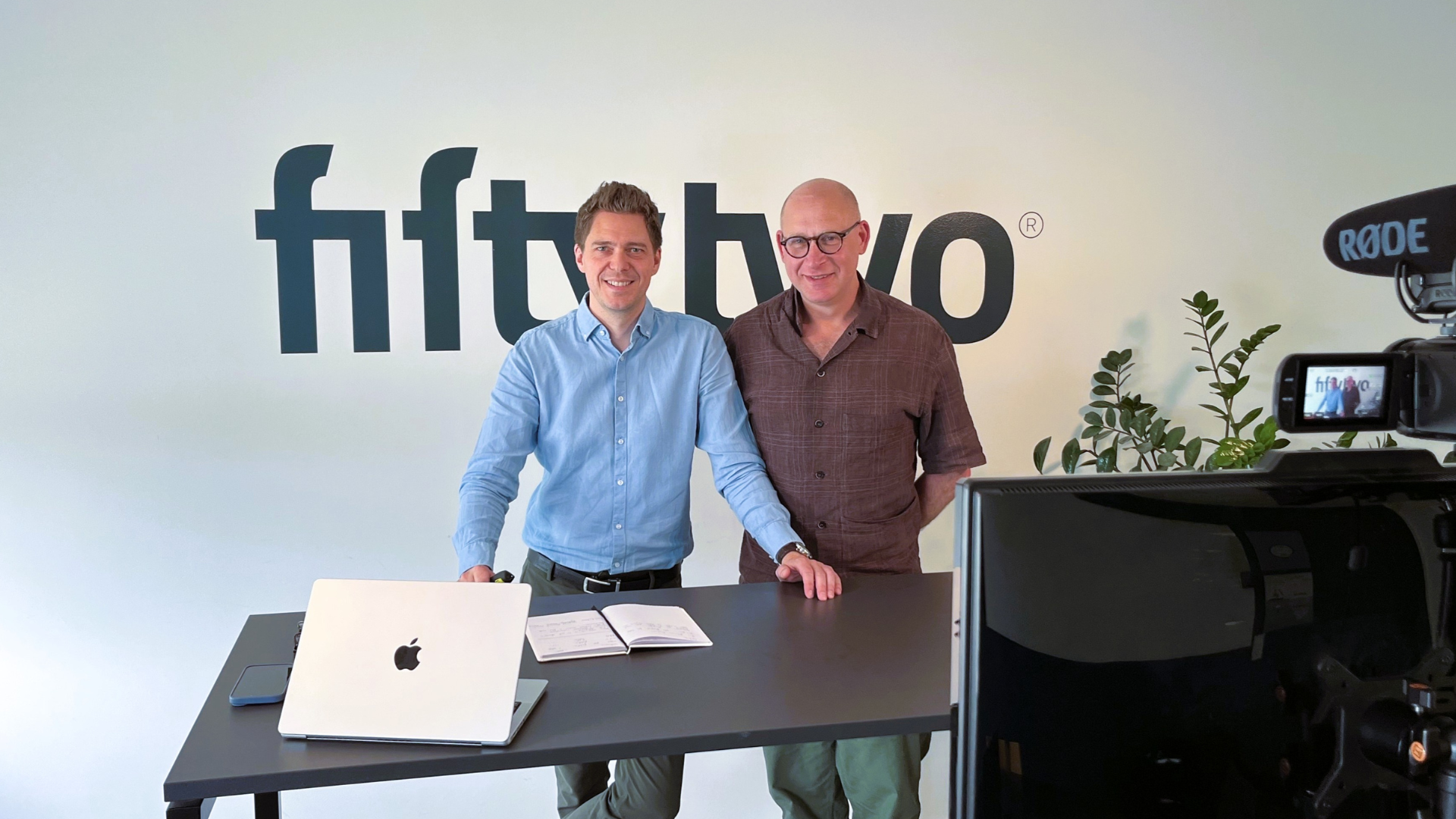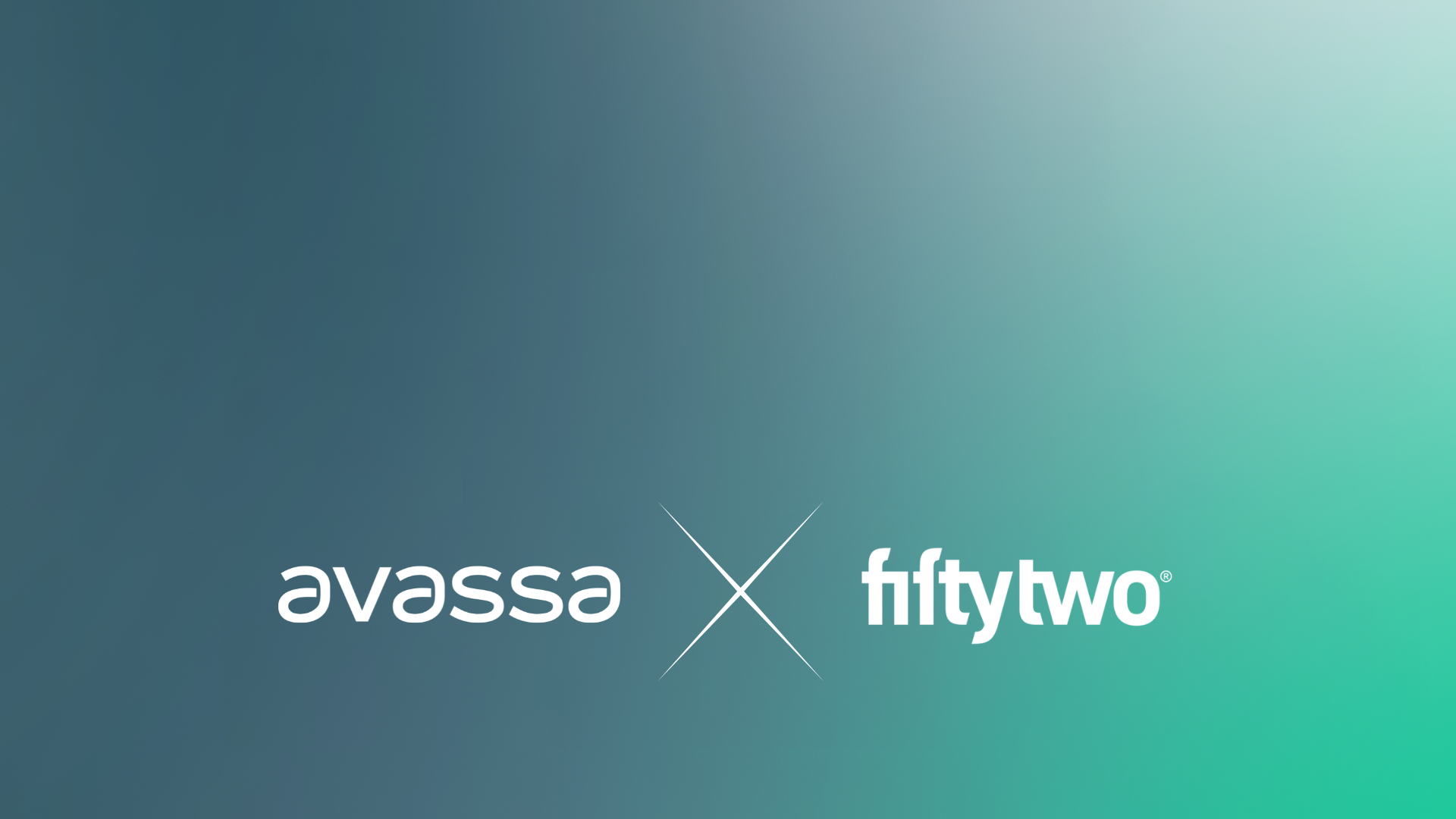To make it a little easier to figure out which technologies may be valuable to consider we have compiled an overview of which technologies our research tells us will are trending.
1. AR and VR for online and offline retail
Augmented reality and virtual reality are valuable tools to facilitate consumers' decision-making process and provide experiences beyond the ordinary - whether your customers shop online or offline. Especially in e-Commerce, implementing these technologies has been an emerging trend in recent years, but many physical stores have also begun to find creative ways to add AR and VR.
Examples of retailers who have used AR to improve their online customer journey are IKEA and Dyrup. IKEA has developed an application allowing customers to virtually experience what more than 2000 products look like in their homes before deciding to buy. This means that the customers get a more realistic idea of what a product looks like in their own home instead of simply imagining it based on the room constellations IKEA has set up in their stores.
Dyrup's implementation of AR is expressed through a so-called "color selector" on their website. The customer can upload pictures and experience how, for example, their living room or kitchen will look with different colored walls. The customer does not have to buy several color samples to take home and try on the walls.
The international cosmetics brand L'Oreal uses AR with the ModiFace application in their store. On a screen, customers can experience the effects of various cosmetic products on their faces. That way, customers can easily and quickly evaluate what kind of make-up looks good on their face without trying it on.
In Denmark, the kitchen chain Invita is a pioneer in using VR in a physical store. In the chain's 21 stores, the customer can use VR glasses to experience kitchens in a realistic version and get a better sense of the entire room than if they just looked at the individual products in the store.
2. Personalization using technology
We already know how valuable it is to collect and analyze customer data. Access to customer data makes it possible to create a customized and personalized customer experience for the individual customer. In addition to increasing your chances of additional sales, you make your customers feel that you know them and that they are unique.
Raptor technology allows you to track your customers' movements around your webshop and translate this data into personalized product presentations. When your customer fx visits a product page, you can introduce them to another product they have previously clicked on below.
You can also present suggestions for relevant complementary items, such as running socks for a pair of running shoes. Many choose to inspire their customers with products that other customers with the same search interest have looked at.
3. Marketing automation
Many industries have realized the potential of marketing automation, and retail is no exception. Retailers automate their marketing efforts to strengthen customer engagement, optimize workflows, and create a good customer relationship.
Around 86 percent of consumers leave a webshop without making a purchase. This means that you lose more than half of your potential income on visitors who change their minds or forget to complete the purchase. To avoid this, consumers must remain engaged, and you ensure this by sending the right message, at the right time, to the right person, through the right channel - this is precisely what a marketing automation system helps with.
With a marketing automation system, you can, using data about your customers' behavior on your webshop, track and analyze what they are interested in. You can then send targeted and relevant content across your channels and nurture them throughout the buying process. You can also reward existing customers who visit your webshop regularly.
4. Loyalty programs
The purpose of a loyalty program is to give customers a good experience and gain access to valuable data.
With a loyalty program, you get the opportunity to tell your customers that you notice them, value them, and want to reward them, and they will undoubtedly appreciate that. Humans enjoy being rewarded - whether it is with points, discounts, or products. Through a loyalty program, you reward your customers when they perform specific actions. This can be, for example, every time they buy from you, every time their purchase is over a certain amount or every time they buy your private label.
In Matas' loyalty program Club Matas, customers earn points every time they shop and so-called "stripes" every time they purchase for more than DKK 200. When enough points have been collected, they can be used in a points shop, and when there are collected enough stripes, they can be used to choose a personal advantage – e.g., more points or a discount on a perfume.
When your customers sign up for your loyalty program, they also give you access to valuable data that can provide insight into their behaviors, habits, and preferences. It can help you target offers to the individual customer's wishes and needs. If you know what the customer needs and give them a personal experience where they feel seen and heard, they are much more likely to show you loyalty - and it will show on the bottom line.
You can read more about how you can increase customer loyalty here.
5. Gamification
Gamification is a trend that has primarily arisen with the emergence of smartphones and which is a valuable tool for creating great customer experiences and increasing brand awareness. With gamification, you make shopping a little more fun for your customers. Instead of trying to convince them to interact with your business, you use gaming techniques to create experiences your customers cannot resist. At the same time, you make sure they remember you until the next time a need arises.
The general definition of gamification is that it is a process in which game elements are added to something that is not already a game - to increase user engagement, joy, and loyalty.
6. Subscription solutions
Whether it is monthly or seasonal, subscription-based sales are multiplying. Since 2017, the number of monthly visitors to webshops offering subscription solutions has increased by 800 percent, with food and beauty at the top of the list.
It is primarily the convenience that attracts the customers. Today, consumers are presented with countless options when visiting a physical store or a webshop. With a subscription solution, the customer does not have to wander around a supermarket among hundreds of items and decide what to serve for dinner or browse around a webshop to determine which pair of socks is the nicest.
Besides, the customer does not have to remember to buy products that are needed regularly. It can be, for example, cotton pads and make-up remover. With a subscription solution, the customer can receive these products regularly.
You get a more secure income by selling subscription solutions. When you operate with a pay-here-and-now model, you need to regularly attract new customers to secure your income. In contrast, you have customers who pay you regularly with a subscription-based business model. As payments are determined at the first sale and are recurring, you can roughly predict your earnings each month. This way, you can better ensure that you do not order more products than you need. It is also easier for you to create loyalty, as you can build a bond of trust with your customers over a longer period.
7. Self-service solutions
Self-service solutions are undoubtedly a trend we will see more of in 2021. Not only do consumers appreciate the convenience of not having to stand in line and rely on a salesperson to purchase their items, Covid-19 and the recommendation about minimizing physical contact means that the demand for self-service solutions is accelerated.



